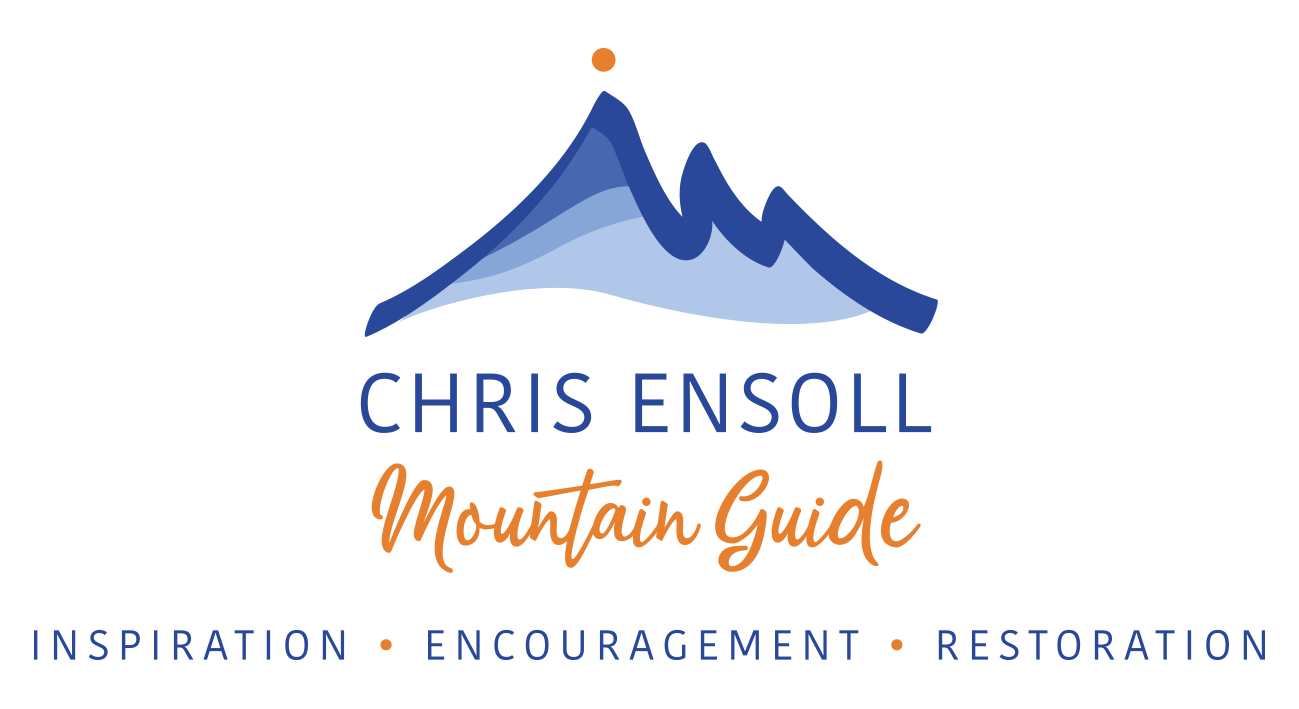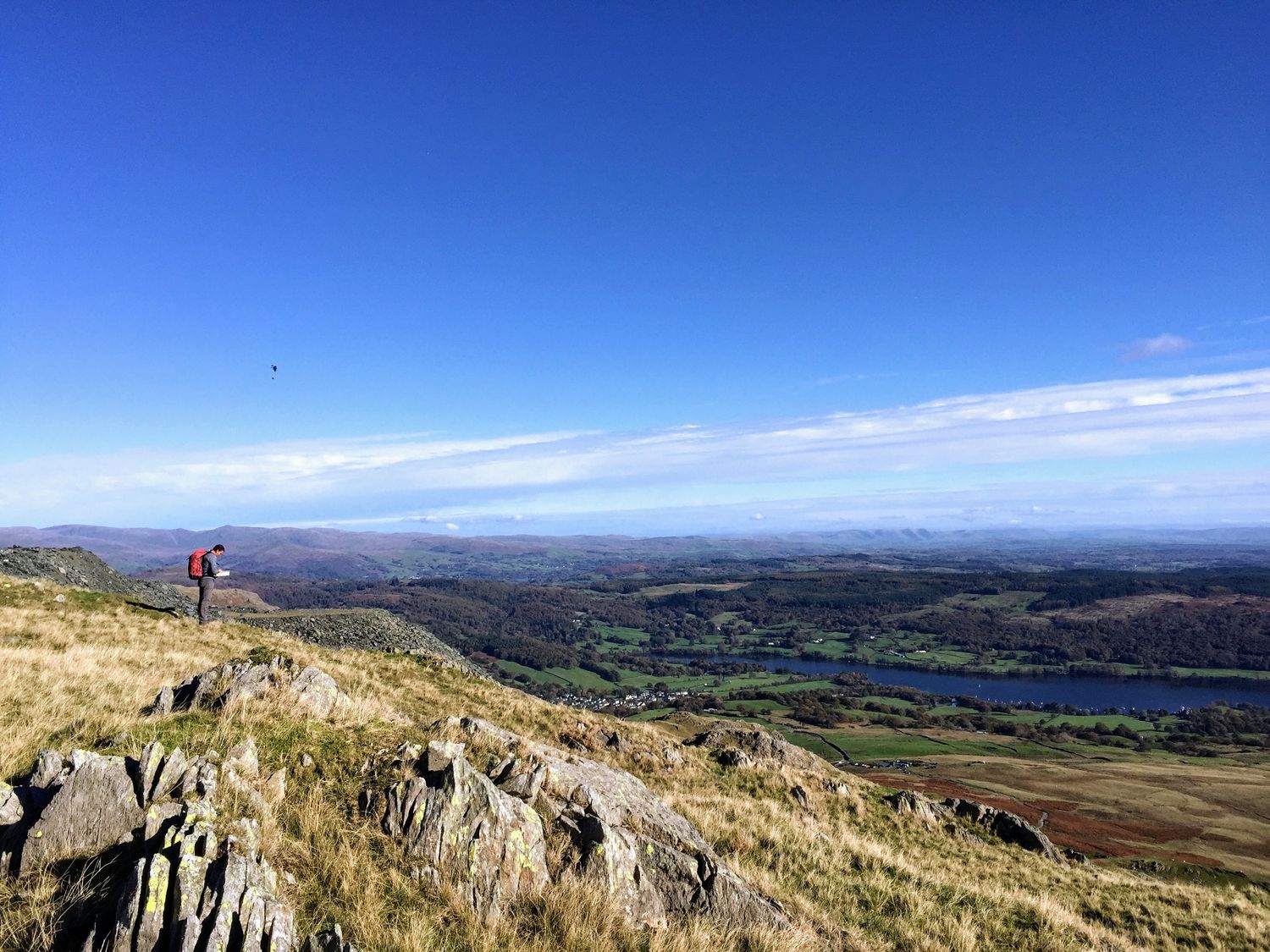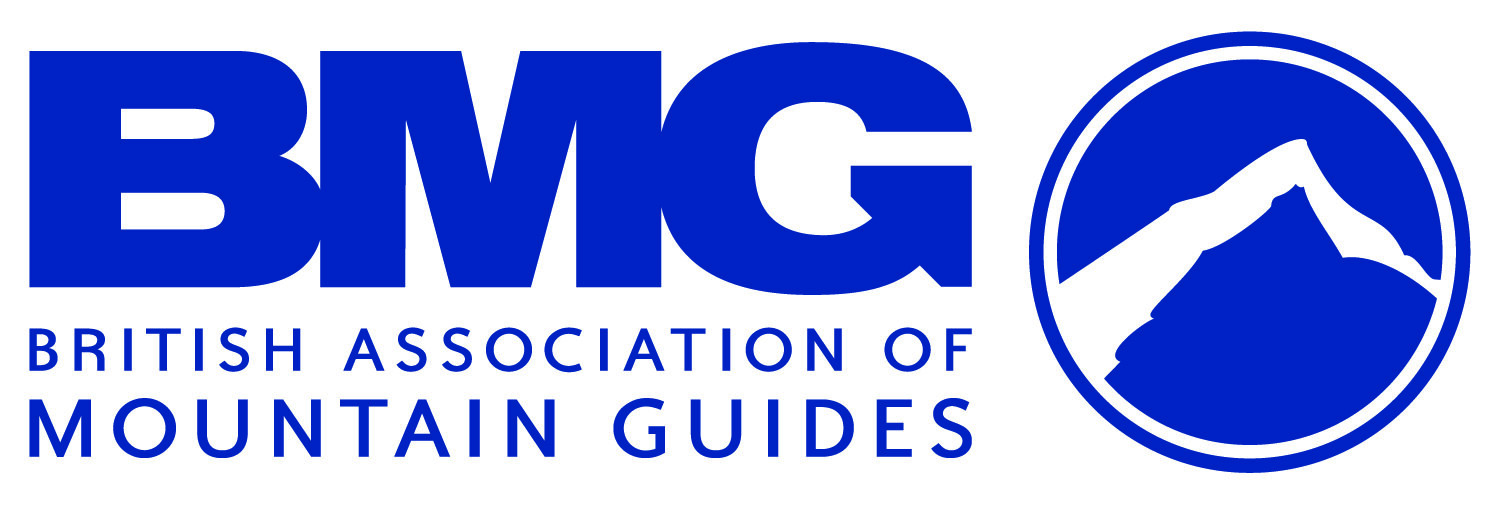How To Stay Mountain-Fit During Lockdown
/WRITTEN by CHRIS & ANNE ENSOLL
We first published this post in April 2019 as How To Stay Mountain-Fit When You Can’t Get To The Mountains. The content is even more relevant now, so we’ve tweaked and updated it for the COVID-19 lockdown.
Mountaineering is the best training for mountaineering, but when you can’t get to the mountains you will lose your mountain fitness pretty quickly if you’re not intentional about working at it. The good news is that there are lots of things you can be doing that will maximise your time when you do get out there - and you’ll benefit mentally from thinking about and planning your next trip away.
Being mentally prepared
1 Set goals
It’s always good to know what you’re aiming for, and encouraging to tick it off when you achieve it. Read about how to set realistic and achievable goals in this blog post. Lockdown will require a different kind of goal setting - here are my goals for this week:
Aerobic fitness: run all of the Windermere 4 peaks route (a 6 mile circuit from our house)
Core workout on run: 25 reps of each on each peak = 100
Fingerboard endurance: 3 min session x6 every other day
Fingerboard power: repeater session, 7 seconds on, 3 seconds off, every other day
Six-minute core workout: 2 reps
For the last two I’m using Crimpd - an excellent app for strength training for climbers. If you want any more info about these goals, please ask.
2 Read the right books
Immerse yourself in the books you would be looking at if you were heading out to the hills. Examples are the Wainwright guides to the Lake District, scrambling guide books, mountain weather books, and the Mountain Leader handbook. There are also many other books about the mountainous areas of the UK
3 Look at weather forecasts
Keep up with mountain weather forecasts to keep current with what’s going on. Think about which areas would be good, which to avoid, and what it would feel like to be out.
4 Read the right magazines, blogs and websites
Read articles about walking routes with a map open – follow the route on a map and visualise (see section below on map reading).
5 Plan as if you were going into the mountains
Keep your thought processes going so they are habitual, so when you can get to the hills, it’s not a new way of thinking, it is a habit. Spend an evening planning a big day out as if you were going to actually do it - the route, the kit, the group, the weather forecast, etc.
Photo credit: Christophe Laseur
Being physically prepared
1 Aerobic fitness
To improve your aerobic fitness you need to be doing exercise that gets your heart rate up. Two short sessions a day are better than one long session, but just do what you can in the current situation. Aim for three or four times a week, but make it easy for yourself by building exercise into your normal routine, whatever that looks like at the moment: walk briskly or cycle to the shops, and each time you use the stairs at home go up/down/up rather than just going up.
2 Strength training
You need your leg muscles to be strong for both uphill and downhill walking. If you can’t get out onto some steep ground, use a treadmill set on an incline, or use your stairs at home. Walk upstairs quickly and down slowly four to six times, and repeat on reverse (up slowly and down quickly). See how long it takes you the first time, and set yourself a goal. When you reach your goal, do it with a light rucksack and set another goal. When you reach that goal, add more weight in the rucksack. And repeat...
Step-ups, lunges, and squats can all be done wearing a rucksack, which is good for your balance as well as your leg strength.
3 Core conditioning
A strong core is central to all good movement when you’re walking in the mountains. Sit-ups, planks, and push-ups will all help build and maintain a strong core, as will Pilates and yoga.
4 Movement skills
Find your nearest green space with uneven tracks rather than tarmac or concrete, and practice trotting along with fast and light feet. Practise leading through your core. When you go upstairs, concentrate on initiating power from the back leg rather than from the front leg. When you’ve mastered that, do the same whilst stepping up on to a dining chair.
5 Map reading skills
Get out your favourite maps, plan a route in detail, and visualise what the route might look like. Then look at the route in 3D or as a fly-through on map software or Google maps to see how accurate your visualisation is. Urban orienteering is a great way to keep up your map skills and get some exercise. Fell Running Guide on YouTube is excellent - lots of map reading exercises for you to puzzle over. He is also on Facebook and Instagram.
6 Rope skills
Use it or lose it. This is true for climbing skills and for Mountain Leader rope skills. Both can easily be practised at home - check out the Video Tutorials page or our YouTube channel for lots of videos on each.
What about you?
Share your tips for staying mountain-fit during lockdown in the comments below. And here’s a little quiz for you: can you identify where each of the three photos in this post were taking from? Hint: they were all taken in the Lake District. We’re looking forward to hearing from you!






